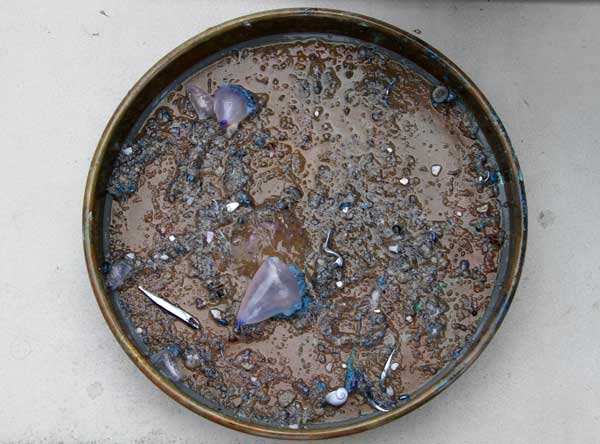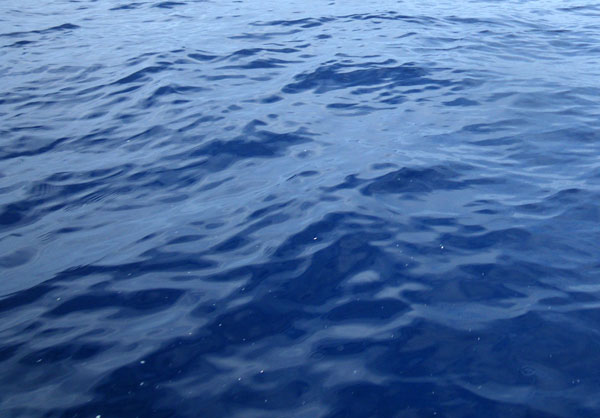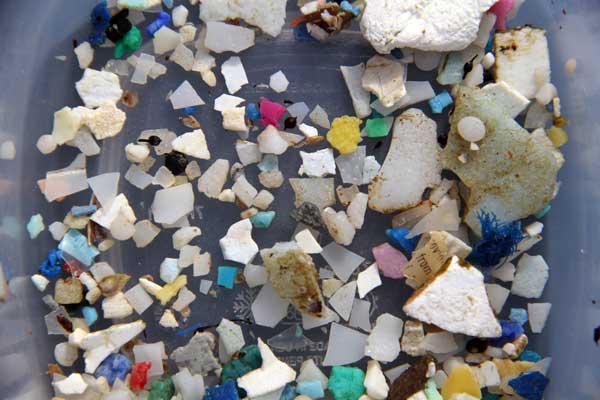After four days of storm and bad weather the sun came back out, accompanied by the improved moral of the crew. Every 🙁 became a 🙂 again. The Sea Dragon is cleaned inside out and left to dry the whole day. There is even a trawl being done, but the catch is meager compared to the trawls carried out before the storm, closer to the center of the gyre. What is disturbing however is that no matter where you take a sample in the Atlantic Ocean, there is always plastic present. It is not so visible since the pieces are so small. Plastic is ‘photodegrading’ in stead of biodegrading; it brakes down into smaller and smaller particles because of the UV rays of the sun in combination with the constant movement of the water. In the catch (below) all the white particles and some blue ones are all plastic. The orange, pink and red pieces are eaten first by fishes and birds, but also the white ones start to look like fish eggs and plankton when they become small enough. There is even plastic being found in the transparent bodies of jellyfish and salps, the ocean’s most prolific and widely distributed filter feeders.
Inside the center of the gyre, circling around the sargassum patches the density of plastic particles is overwhelming. Only when you are in the dingy, close to the water surface you see the real scale of te problem. The plastic particles below are caught within 10 seconds by moving a plankton net up and down a dozen times.
In the North Pacific Gyre there is 0,004 grams of plastic present in every m2, or 4 grams per km2. That is about one handful of plastic in a bathtub of water. And that is only the plastic floating on the surface. According to samples of Captain Charles Moore of Algalita, plastic is present up to 100 meters below the surface. The amount of surface plastic in the North Atlantic Ocean still needs to be calculated and will become more accurate with every atlantic transect research mission. Since this is the first one ever to be carried out in the Atlantic Ocean and we are still underway, it is hard to say…



